Italian design and architecture in the second half of the 20th century are fields in which aesthetics are constantly intertwined with technological innovation and theoretical reflection. Achille Castiglioni and Vico Magistretti interpreted design as a tool for simplification and functional intelligence, capable of renewing everyday objects through formal solutions that were both essential and unexpected. Ettore Sottsass and Matteo Thun, with the Memphis experience, introduced a radical revision of the visual and symbolic codes of design, opening up a dialogue with postmodern culture. Marco Zanuso and Alberto Meda rigorously investigated the relationship with materials and production techniques, translating the complexity of industrial transformations into form. Similarly, Giandomenico Belotti and Renzo Rosso worked on the borderline between experimentation and concrete application, offering contributions ranging from furniture to architecture. These experiences, despite their differences, outline a unified picture in which Italian design asserts itself not only for its formal quality, but also as a field of research capable of influencing the productive and cultural processes of its time.
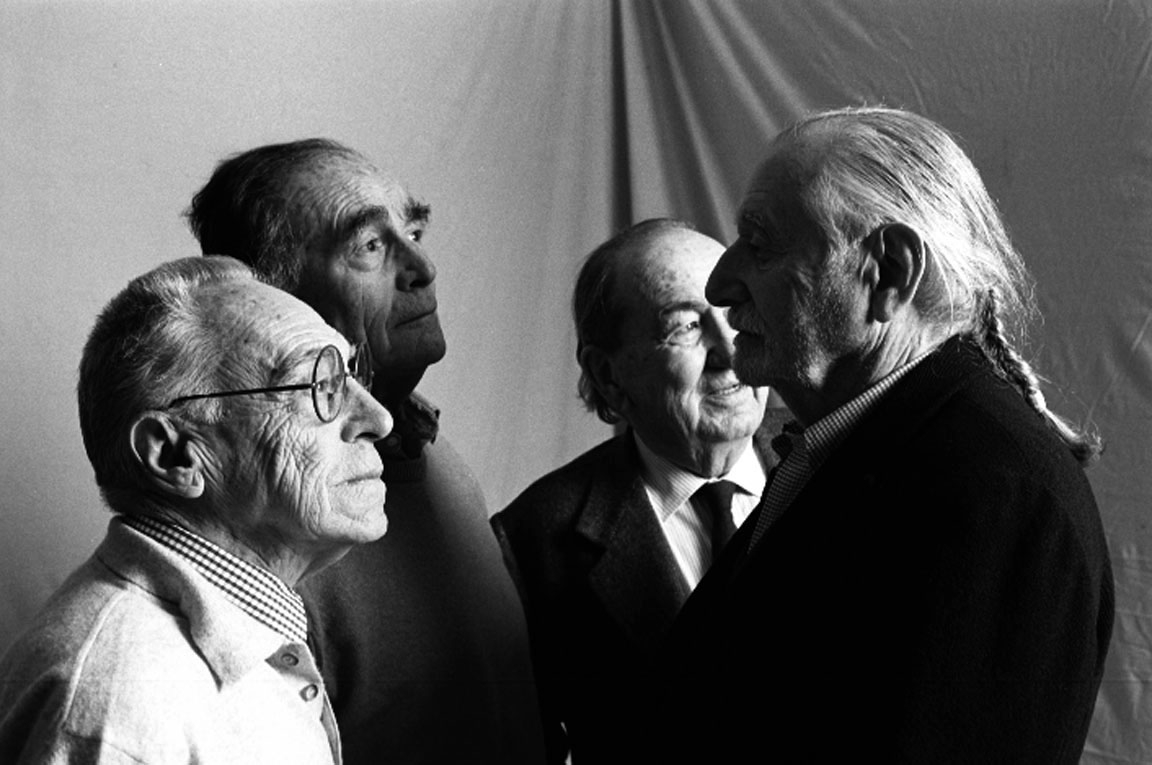
Italian design and architecture in the second half of the 20th century are fields in which aesthetics are constantly intertwined with technological innovation and theoretical reflection. Achille Castiglioni and Vico Magistretti interpreted design as a tool for simplification and functional intelligence, capable of renewing everyday objects through formal solutions that were both essential and unexpected. Ettore Sottsass and Matteo Thun, with the Memphis experience, introduced a radical revision of the visual and symbolic codes of design, opening up a dialogue with postmodern culture. Marco Zanuso and Alberto Meda rigorously investigated the relationship with materials and production techniques, translating the complexity of industrial transformations into form. Similarly, Giandomenico Belotti and Renzo Rosso worked on the borderline between experimentation and concrete application, offering contributions ranging from furniture to architecture. These experiences, despite their differences, outline a unified picture in which Italian design asserts itself not only for its formal quality, but also as a field of research capable of influencing the productive and cultural processes of its time.
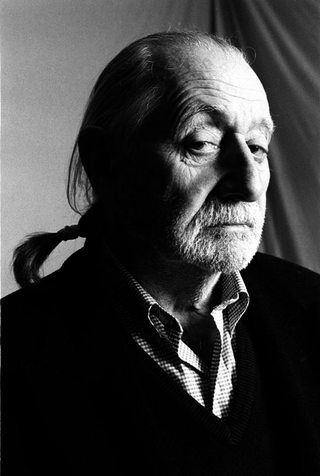
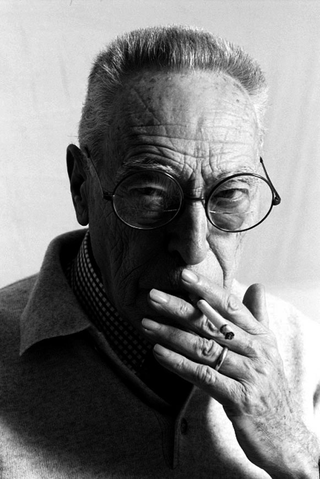
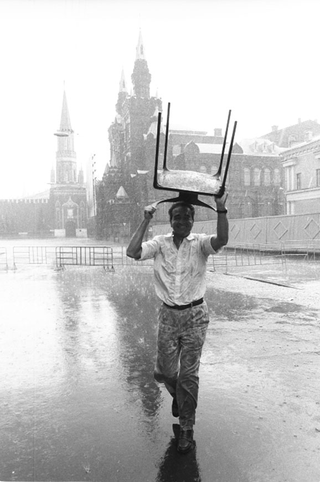
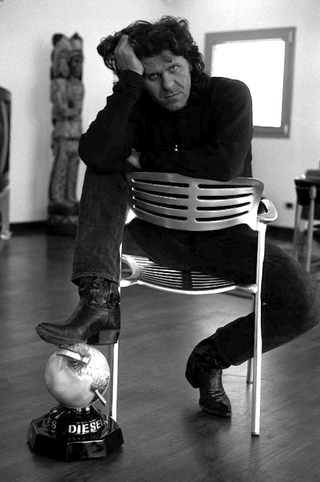
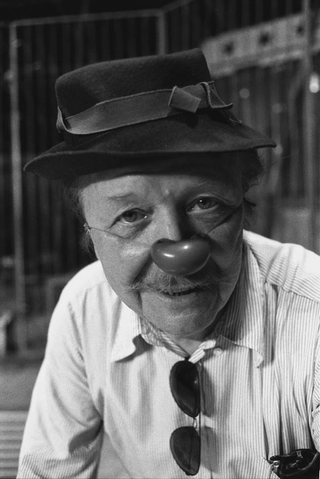
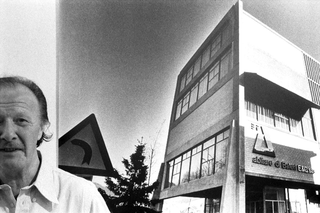
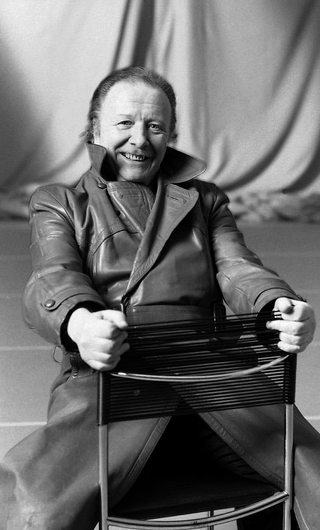
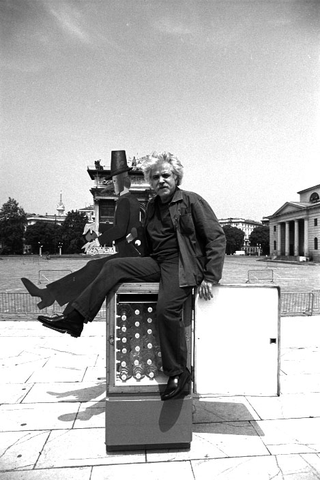
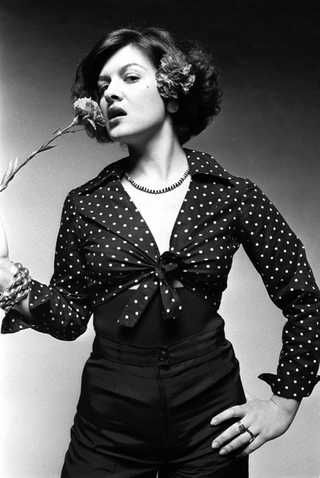

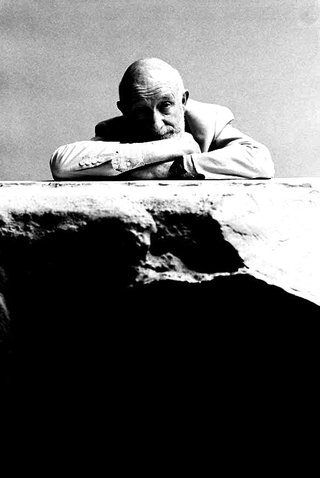
Social
Contatti
archivio@carloorsi.com